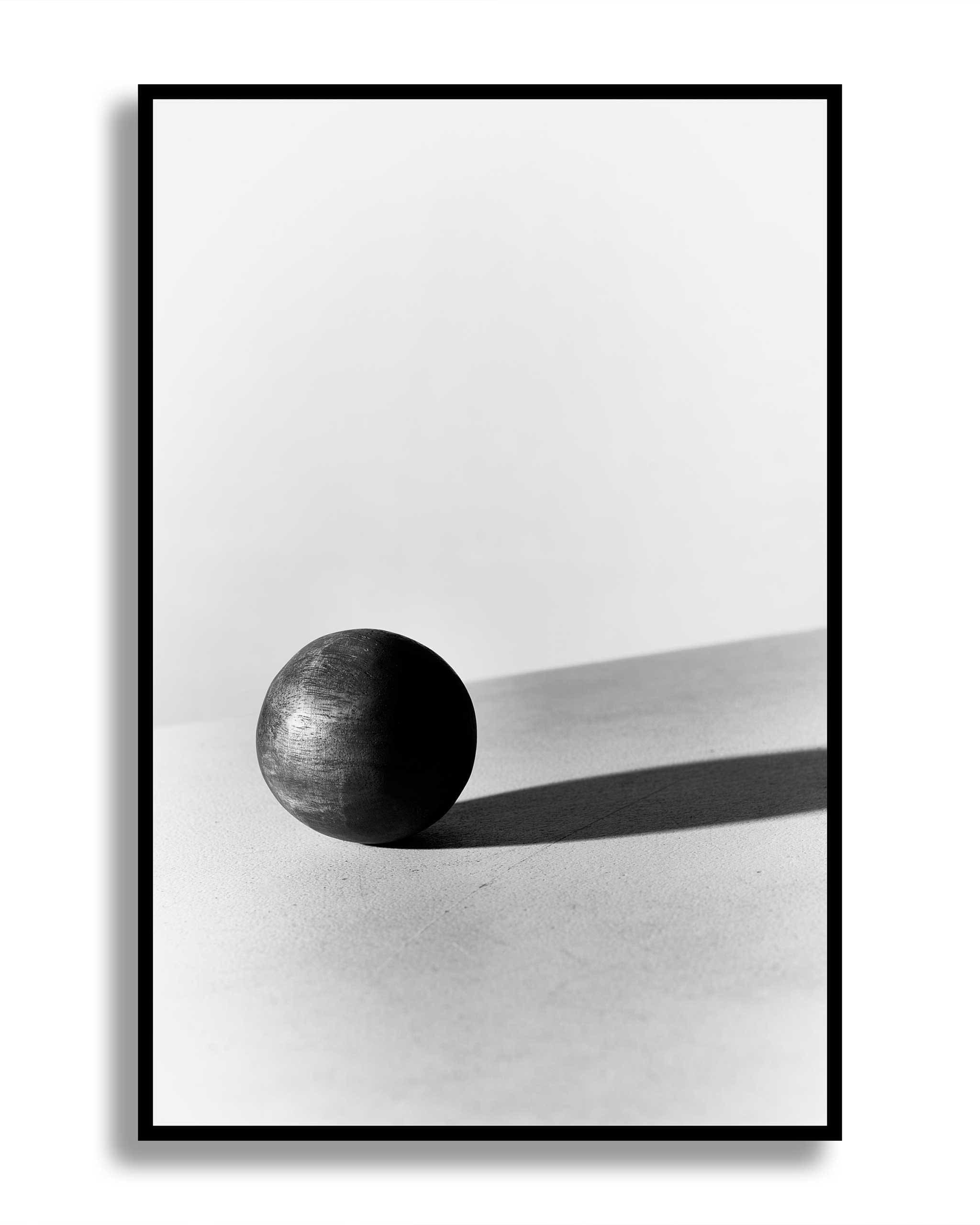Photographed by Artu Nepomuceno
For this month’s issue, photographer Artu Nepomuceno puts into practice the light lessons his grandfather taught him, using the objects passed down to him. In the process, he discovers a memory his family thought they had lost.
Philippine cinema pioneer Luis Nepomuceno believed that “in order to be able to tell a story with a thousand images, you have to be able to tell a story with a single image.”
The famed film producer was known for his love for the craft of storytelling and the process that comes with it. Throughout his life, he passed down his filmmaking knowledge to his children and grandchildren.
Photographer Artu Nepomuceno puts into practice the light studies his grandfather taught him, along with lessons he’s learned on the field within the Light Notes series he shares on Instagram.
For this month’s cinema issue, Artu photographs his grandfather’s belongings in a series close to his heart. Through the images below, he gives a glimpse into his childhood growing up under his grandfather’s wing.
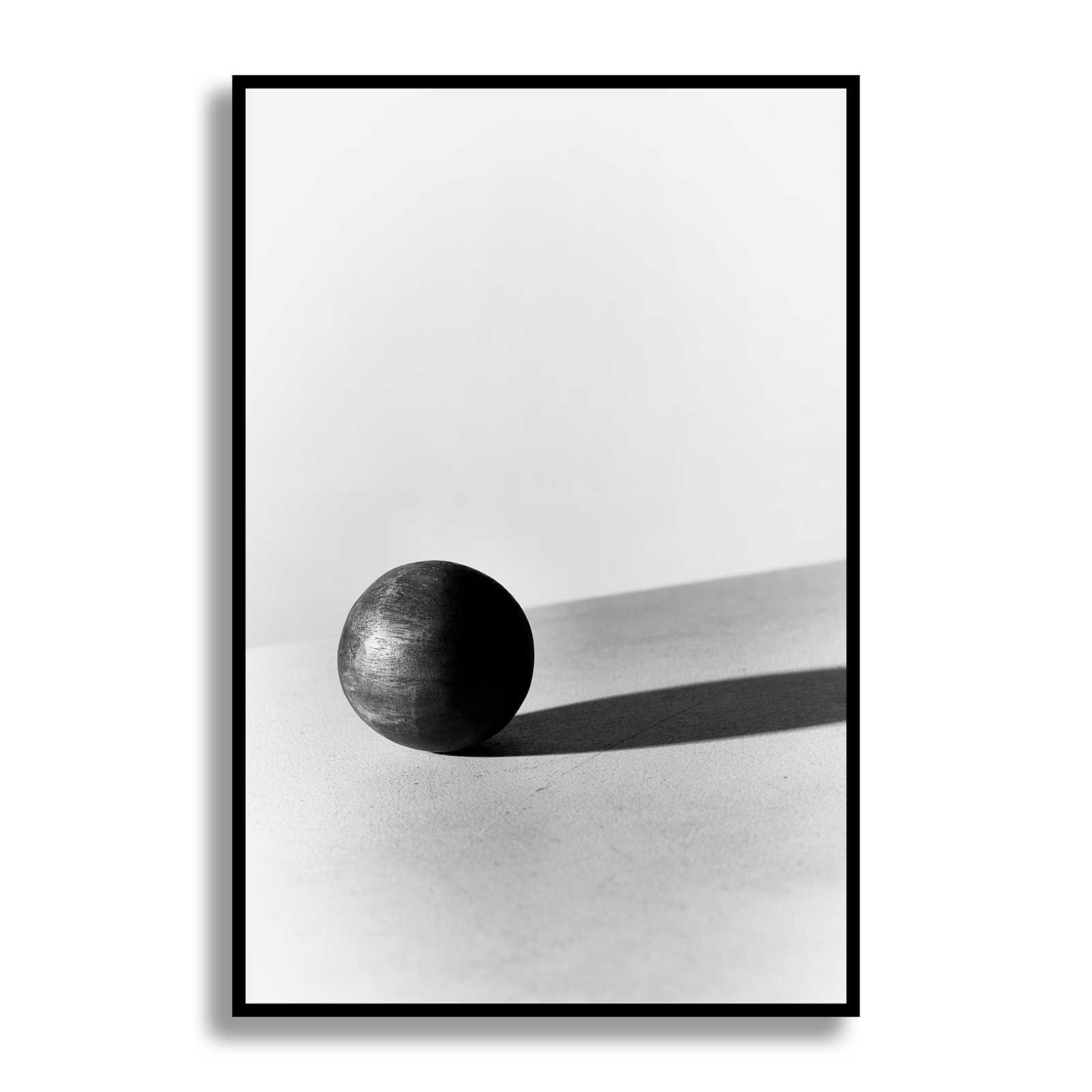

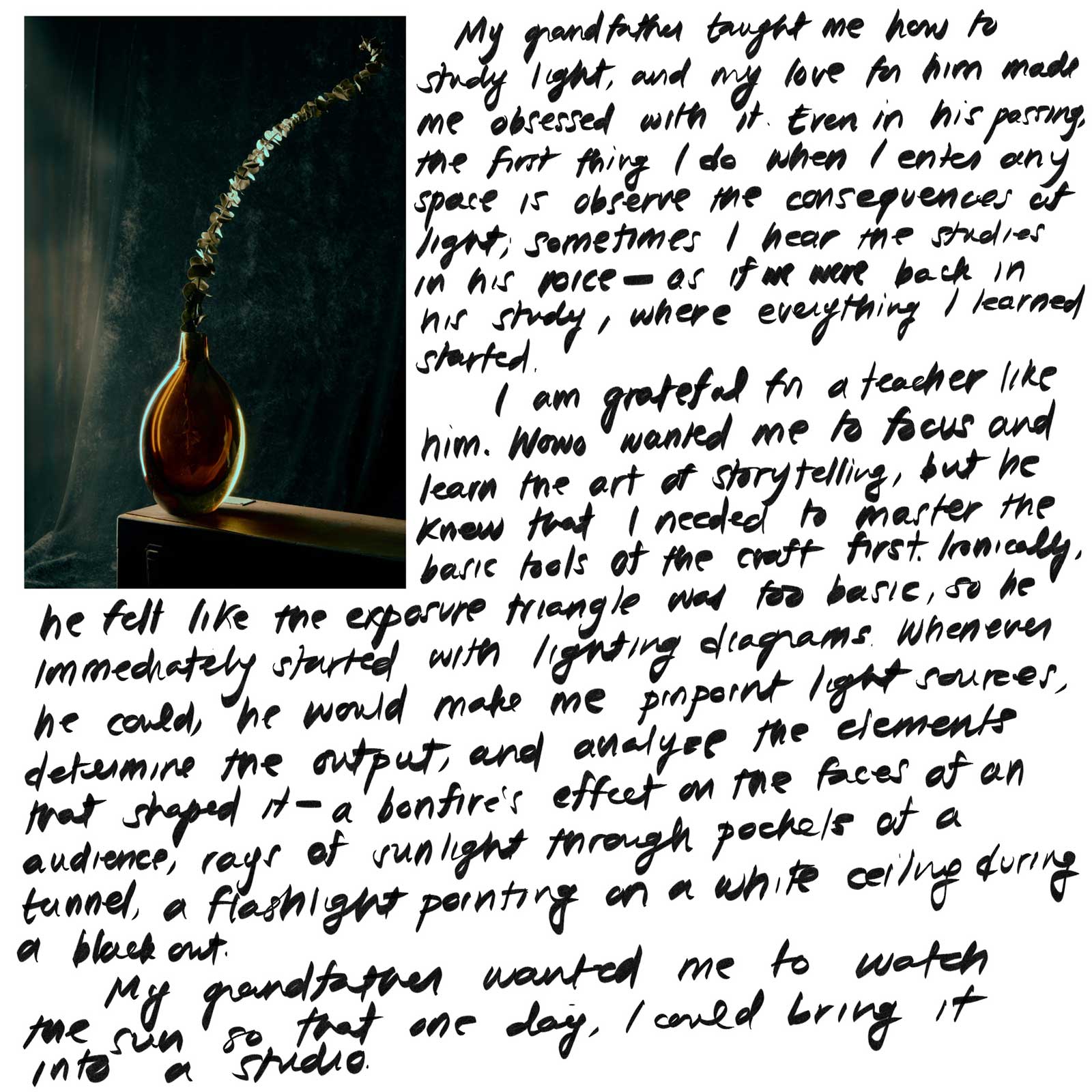
ARTU NEPOMUCENO: My grandfather taught me how to study light and my love for him made me obsessed with it. Even in his passing, the first thing I do when I enter any space is observe the consequences of light; sometimes I hear the studies in his voice—as if we were back in his study, where everything I learned started.
I am grateful for a teacher like him. Wowo wanted me to focus and learn the art of storytelling, but he knew that I need to master the basic tool of the craft first. Ironically, he felt like the exposure triangle was too basic, so he immediately started with lighting diagrams. Whenever he could, he would make me pinpoint light sources, determine the output, and analyze the elements that shaped it [like] a bonfire’s effect on the faces of an audience, rays of sunlight through pockets of a tunnel, a flashlight pointing on a white ceiling during a blackout.
My grandfather wanted me to watch the sun so that one day, I could bring it into a studio.
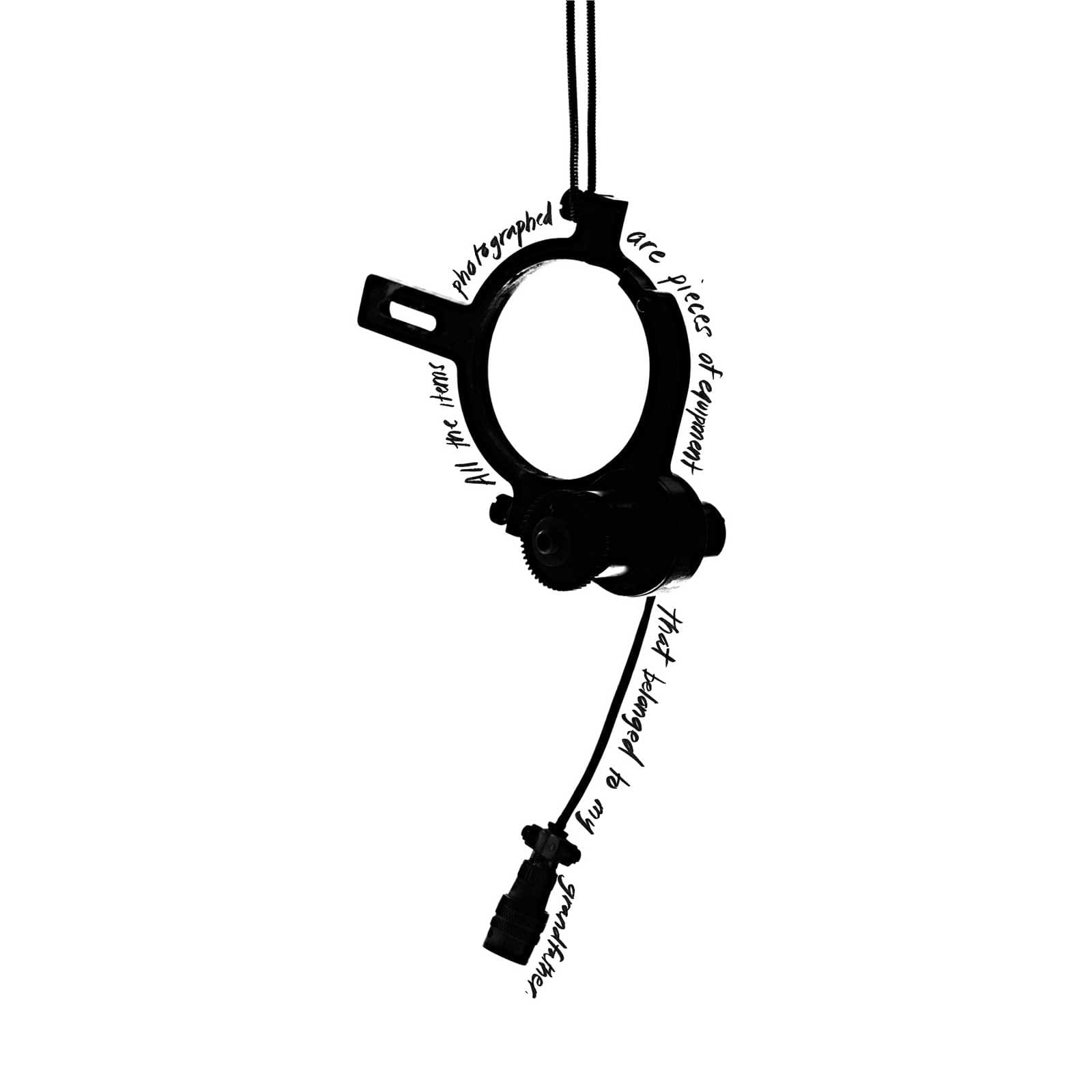
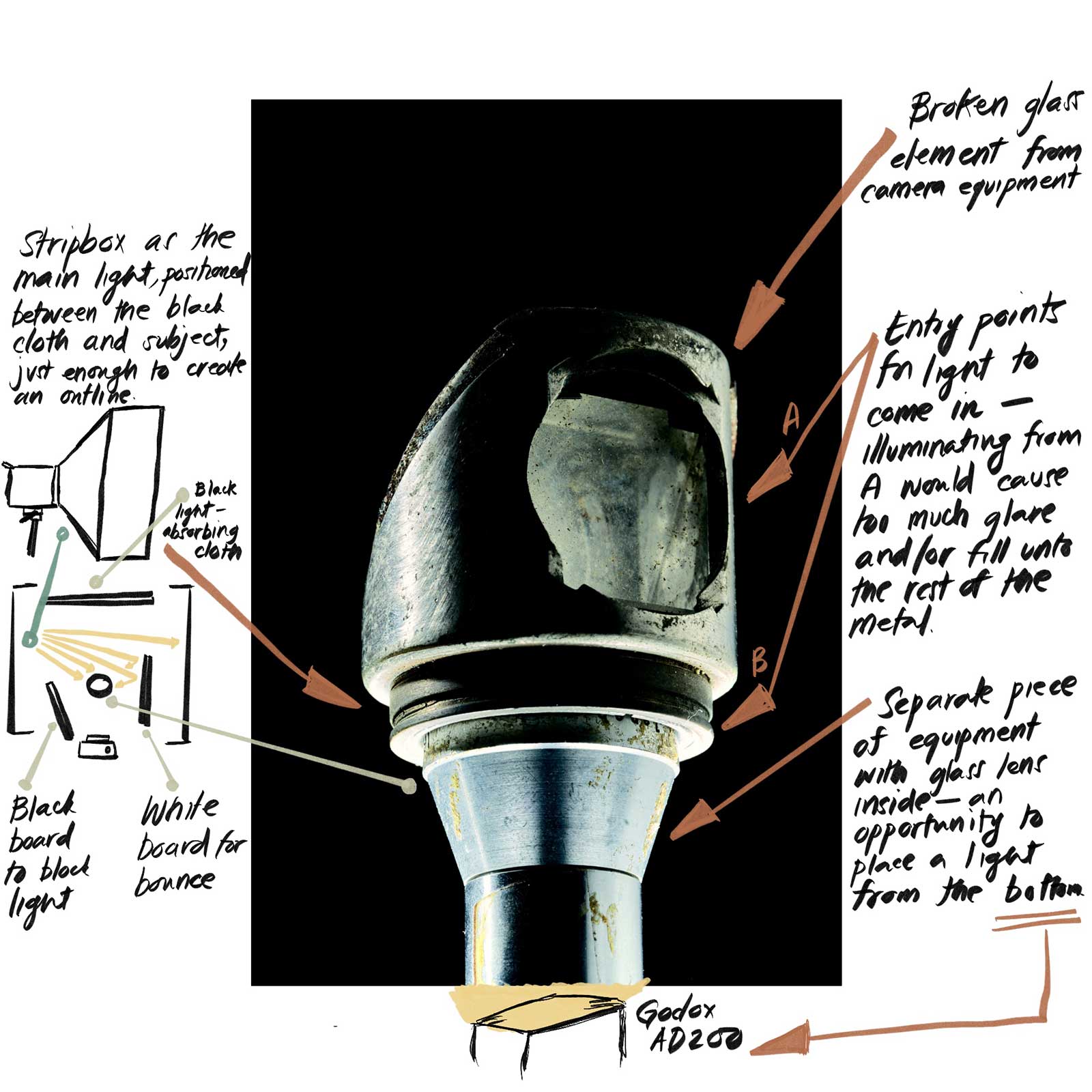
All the items photographed are pieces of equipment that belonged to my grandfather.
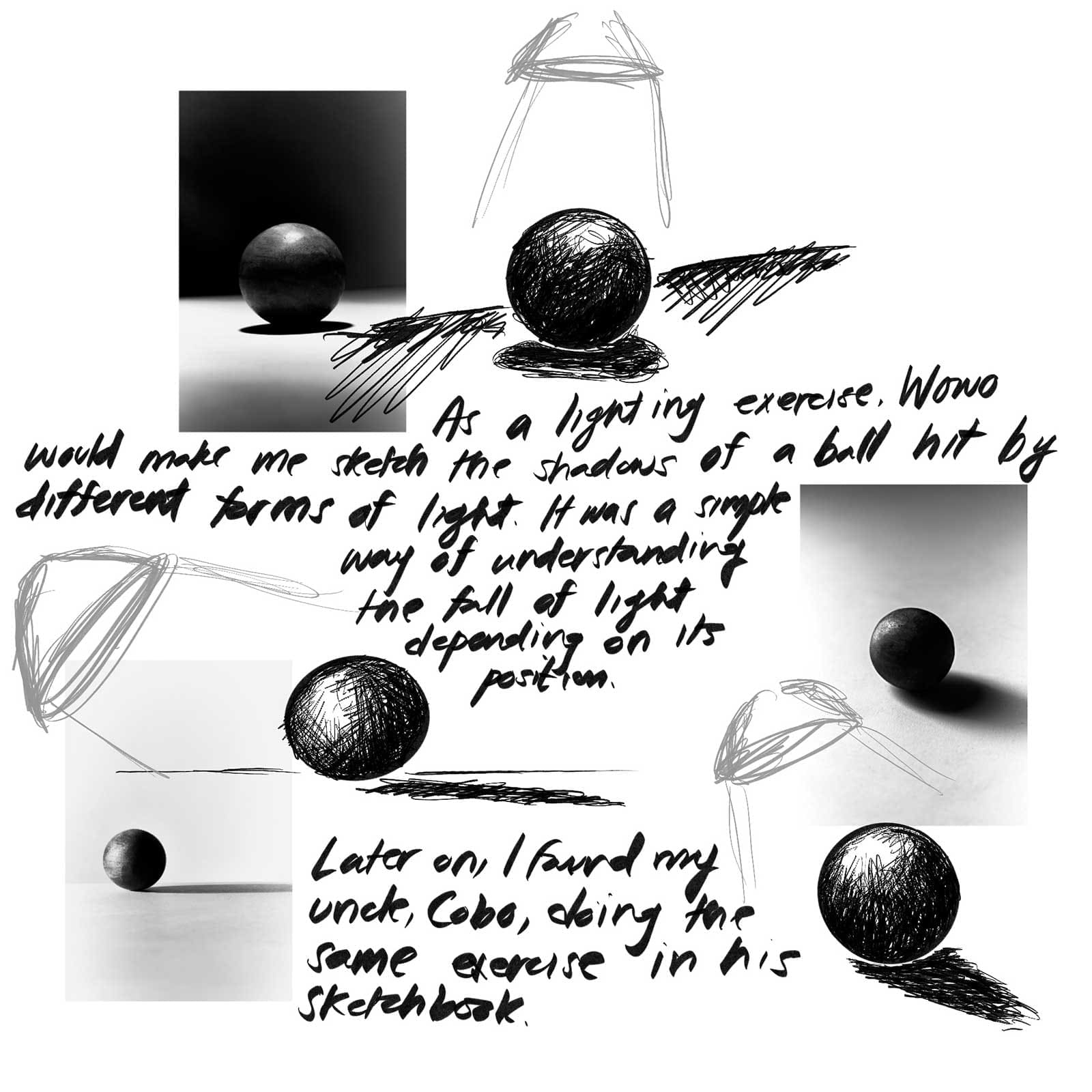
As a lighting exercise, Wowo would make me sketch the shadows of a ball hit by different forms of light. It was a simple way of understanding the fall of light depending on its position. Later on, I found my uncle Cobo doing the same exercise in his sketchbook.
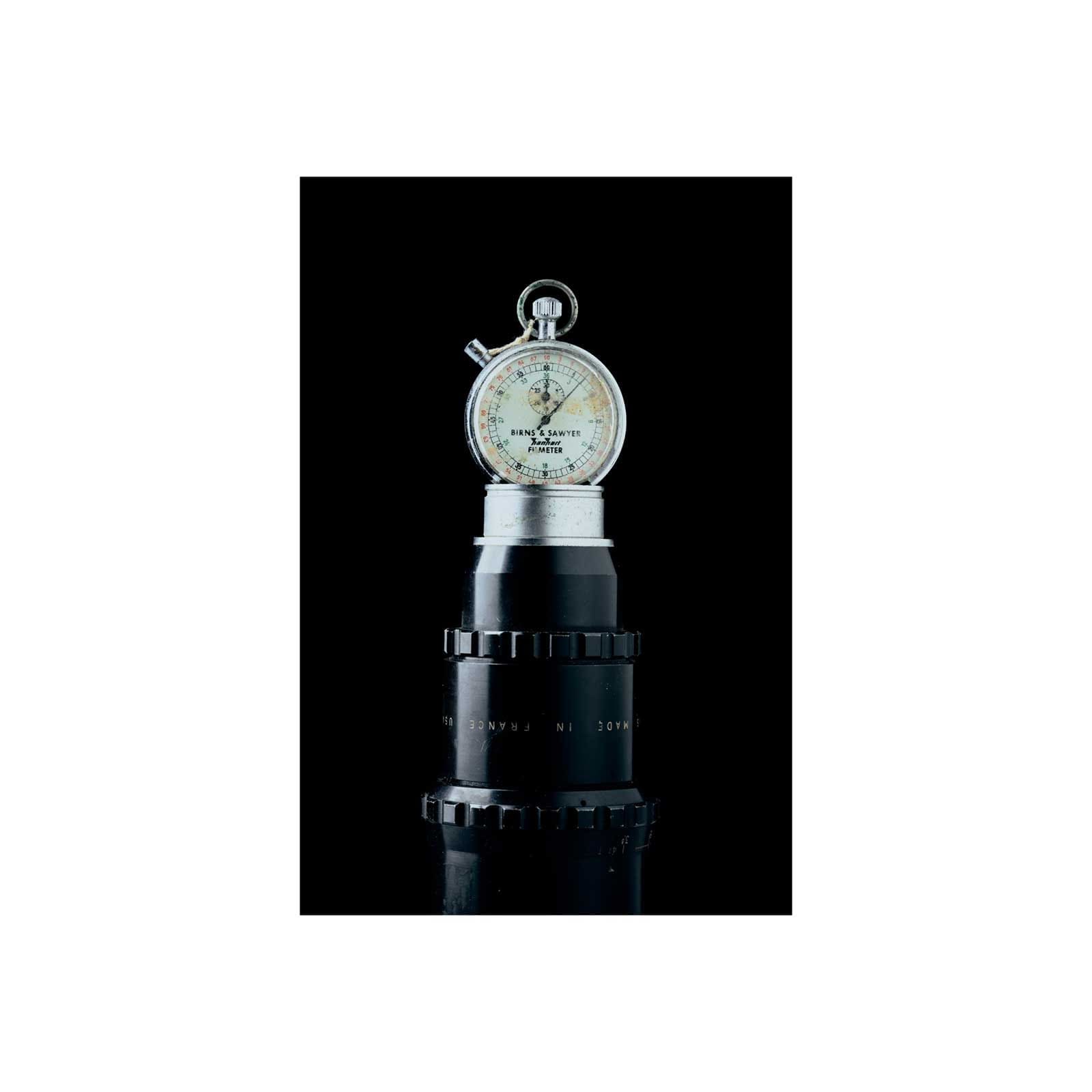
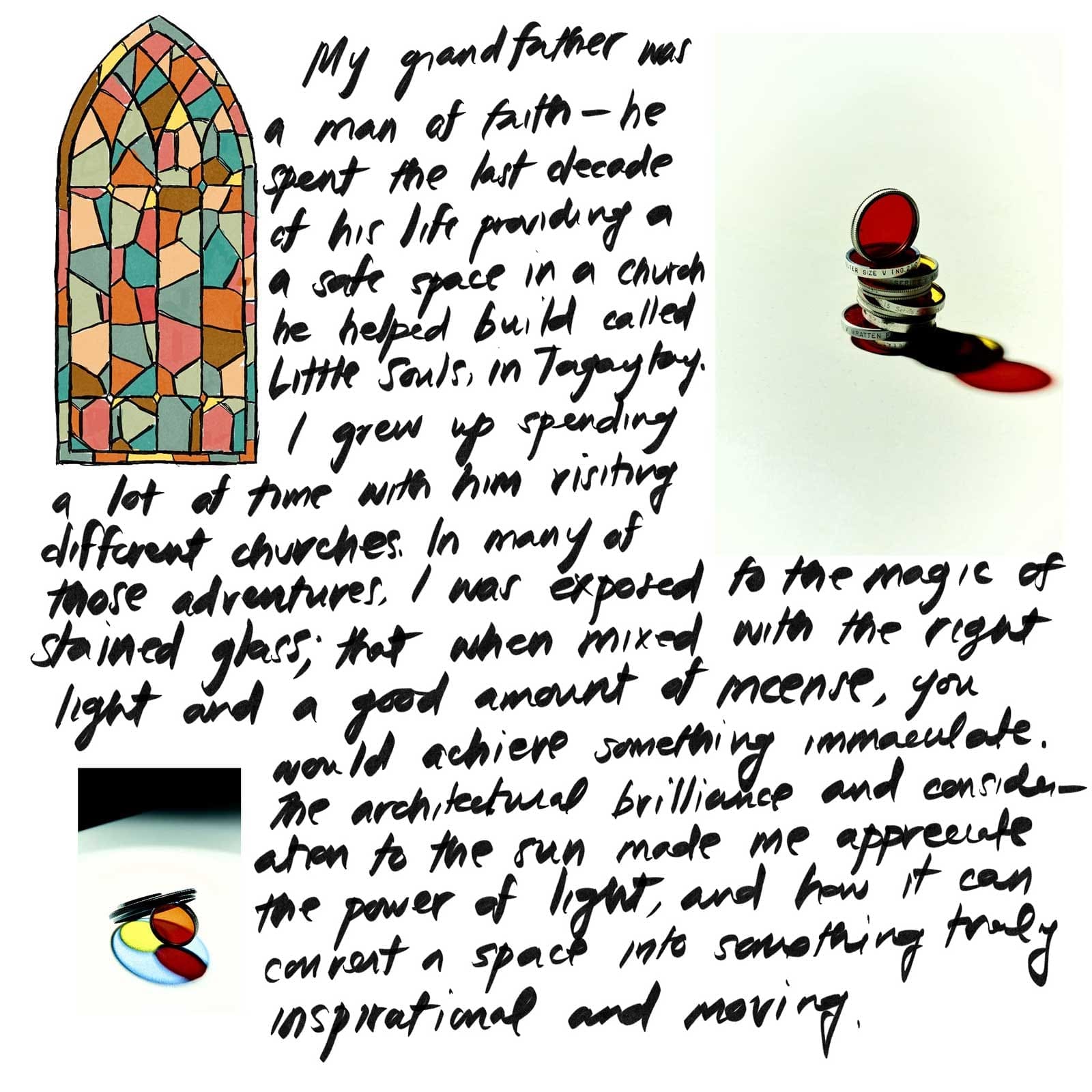
My grandfather was a man of faith—he spent the last decade of his life providing a safe space in a church he helped build called Little Souls in Tagaytay. I grew up spending a lot of time with him visiting different churches. In many of those adventures, I was exposed to the magic of stained glass; that when mixed with the right light and a good amount of incense, you would achieve something immaculate. The architectural brilliance and consideration to the sun made me appreciate the power of light and how it can convert a space into something truly inspirational and moving.

My grandfather was also a man who loved drama—who loved the emphasis and gravity of heavy stories, particularly in disaster or apocalypse movies. Our “outside school” assignments involved the cinema, where he would quiz me on how certain scenes were lit or how some shots were achieved. He loved films like 2012 and The Day After Tomorrow.
Wowo’s last assignment to me was his final script: a film about San Lorenzo Ruiz. He believed that the script needed CGI, technology beyond his prime. Unfortunately, my grandfather lost track of the script and upon dying, we assumed it was lost for good.
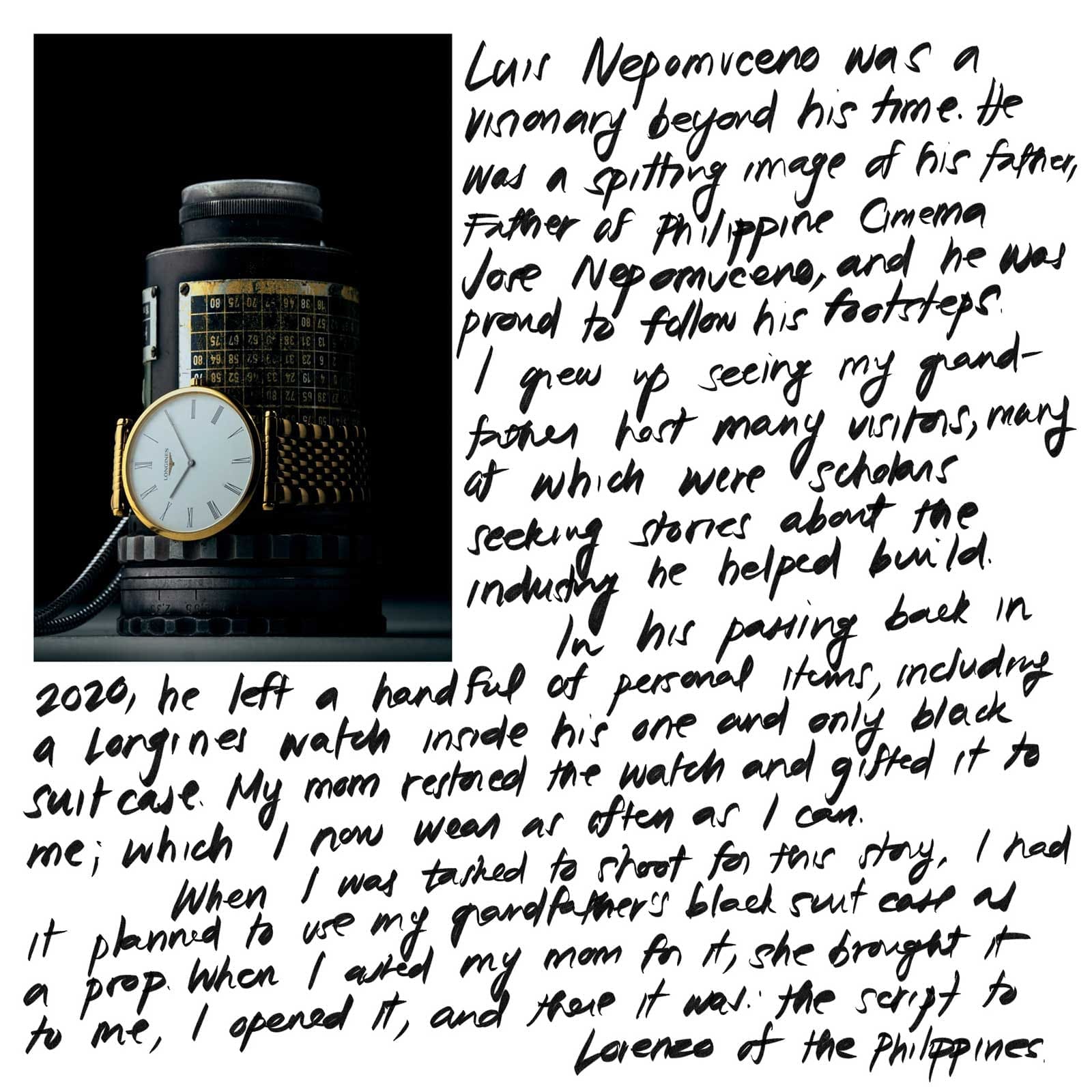
Luis Nepomuceno was a visionary beyond his time. He was a spitting image of his father, Father of Philippine Cinema Jose Nepomuceno, and he was proud to follow his footsteps. I grew up seeing my grandfather host many visitors, many of which were scholars seeking stories about the industry he helped build.
In his passing back in 2020, he left a handful of personal items, including a Longines watch inside his one and only black suitcase. My mom restored the watch and gifted it to me, which I now wear as often as I can.
When I was tasked to shoot for this story, I had it planned to use my grandfather’s black suitcase as a prop. When I asked my mom for it, she brought it to me, I opened it, and there it was: the script to Lorenzo of the Philippines.
- Chance Encounters: The Making of Gabriela Serrano’s Short Film dream-time™
- 10 Of The Best Vintage Looks To Have Graced The Venice Film Festival Red Carpet
- 8 Rising Stars to Know After the 2024 Cannes Film Festival
- From ‘Engkwentro’ to ‘Viet and Nam,’ Bianca Balbuena Opens Up The World To Filipino Filmmakers
